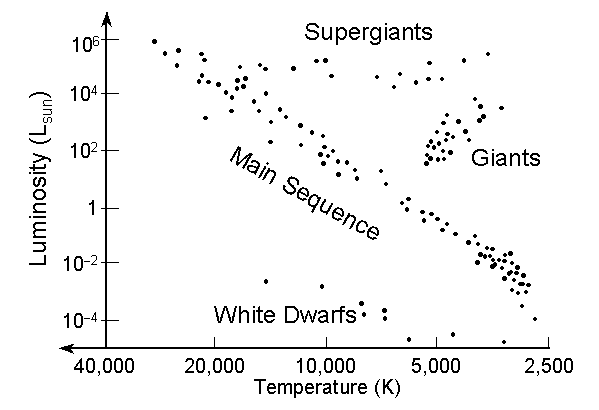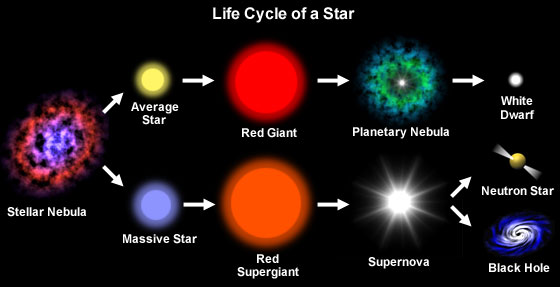
- 1. Color2. Streak
- 3. Hardness
- 4. Cleavage or Fracture
- 5. Magnetism
- 6. Luster
- 7. Taste
Reflection:
1.
What did you enjoy most about
this project and why?
2.
What was most challenging for
you during this project and why?
3.
What new skills did you learn
from doing this project?
4.
Is there anything that you
could have done to improve any of your work? Explain.
The thing
that I enjoyed most about this project was testing the minerals with my
partner. The most challenging thing about this project was doing the video
because of time I would have not finished it without the help of Ms. Kara. The new skills that I learned was learned how
to test and identify minerals. The thing that I could have done to improve my
work is to mange my time will.




